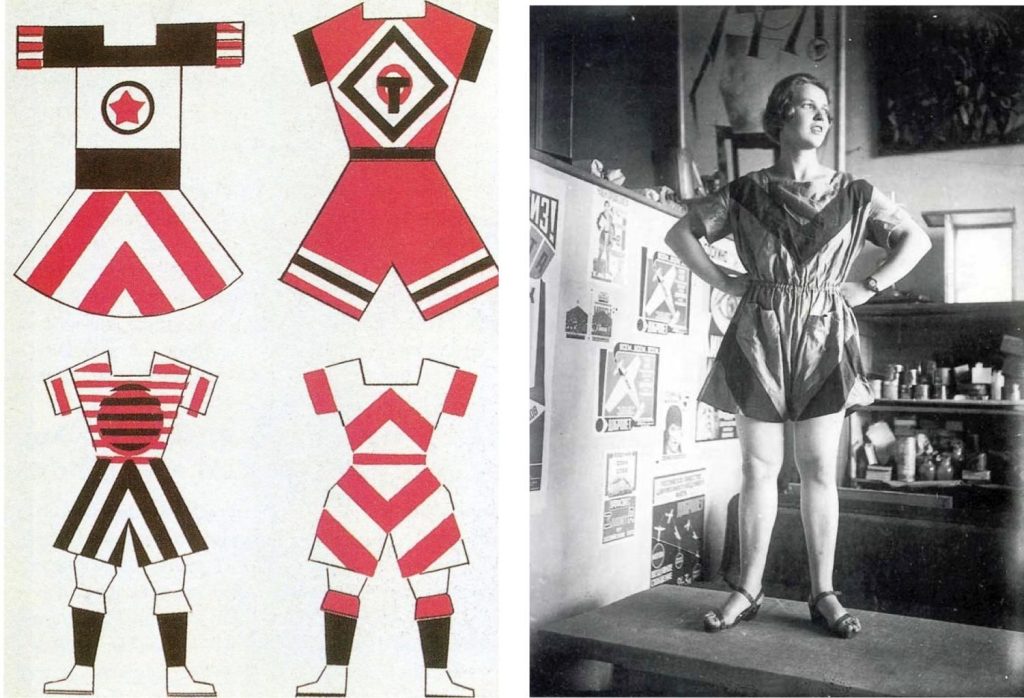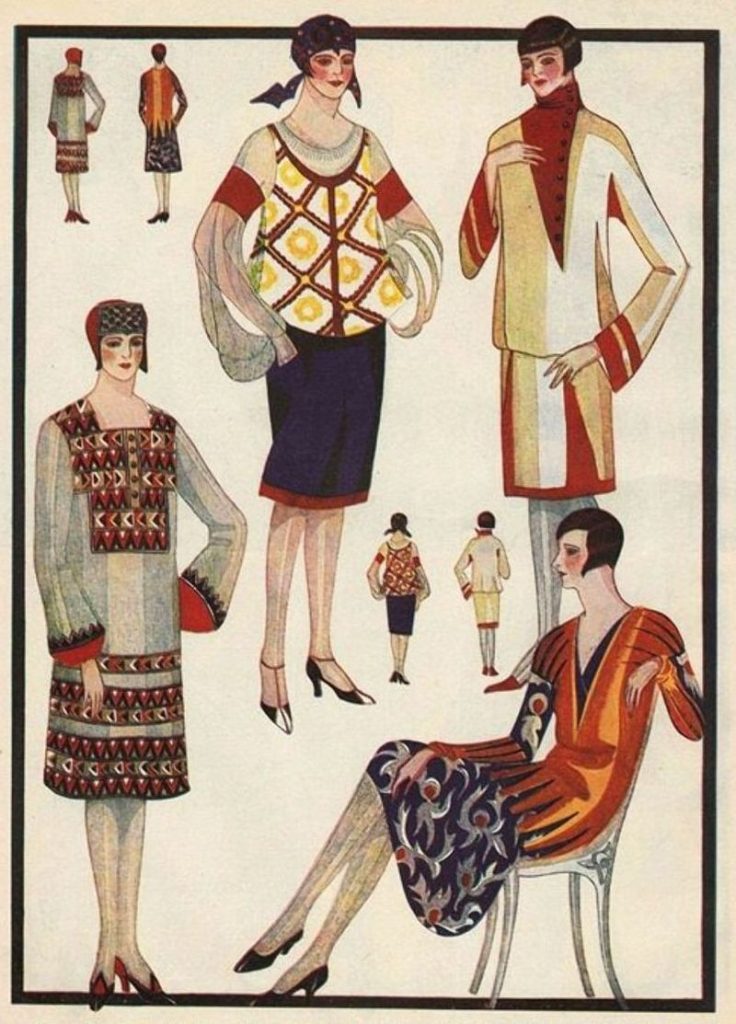Sustainable Fashion in the Soviet Union? A Historical Perspective

Fashion has been a constant part of human life, and in recent years, sustainable fashion has been increasingly advocated for to address the environmental impacts of the fast fashion industry. However, the concept of sustainable fashion is not entirely new, as we can see from the practices of the Soviet Union in the mid-twentieth century. Although the Soviet Union attempted to implement a system of fashion that would eradicate fashion, the people continued to produce clothes by hand at home, recycle, and reuse, resulting in a sustainable fashion approach.
Mass production in the mid-20th century?
The ideal of mass production was straightforward — the best fashion designers from Soviet fashion houses would create new garment designs, which would be transferred to production factories to promptly supply the USSR with modern clothing. The government-controlled light industry would quickly eradicate old and threadbare garments, and the Soviet citizen would permanently show off in new, fashionable designer clothes. The Soviet government would monitor citizens’ style to become more politically correct, predictable, close to an aesthetical perfection, medicinally and climatically suitable and convenient. It would completely eradicate the desire for fashion beyond the Iron Curtain. However, this never came to be.
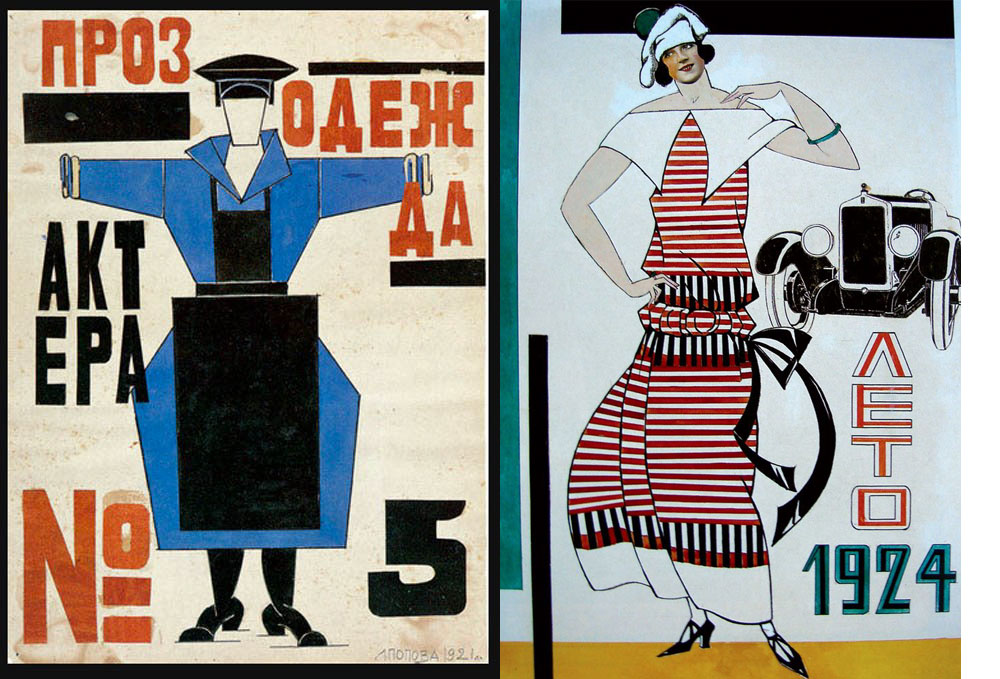
Confronting the Soviet Union’s fashion industry with Jean Baudrillard’s concept of simulacrum, one could see an obvious resemblance between them.
Jean Baudrillard claims that humanity has replaced all reality with symbols and signs, and that human experience is merely a simulation of reality. This statement on which he wrote his philosophical book Simulacra and Simulation gets close to the concept of fashion that the Soviet Union intended to push.
The fashion industry seemed real from a distance, but when looked at closely, it was nothing more than a weird construction replacing reality with its representation. They tried to combine the Houses of Models (designer clothes to show the greatness of the Soviet Union) with mass production, and that’s when it didn’t happen. Many pieces’ pattern-making and specifications were not adapted enough for ready-to-wear, and the many production problems made the best clothing strictly limited, resulting in a situation similar to many other countries, with an elite who had access to the best clothes and a majority with zero new garments, so communism was not being applied effectively.
The subject of bipolarity of the USSR was addressed by many people on research papers:
The sewing ateliers (for the people) and houses of models were two parallel universes. Models were to emphasise the greatness of the Soviet Union (although then it was referred to differently), not made for ready-to-wear. Even though neither public nor private transportation was suitable for getting anywhere in those garments
Fashion industry and mass production in a planned economy could essentially be a utopian idea, utterly impossible. For a mass production and a true fashion industry, a freedom of choice and creativity is always needed, it’s always the key piece.
The concept of fashion itself cannot and will never exist in a totalitarian regime as it expresses individuality, zeitgeist, and freedom.
Sustainability then and now
If we compare the concept of sustainability today to then, we see that recycling was a need, not something to teach. People were not recycling for ecological reasons but for economic ones. This comparison can be done to any of the periods of economic difficulty or after war of many other countries in Europe as well. Although, they set an example of how to reformulate our clothes to make something new out of something used.
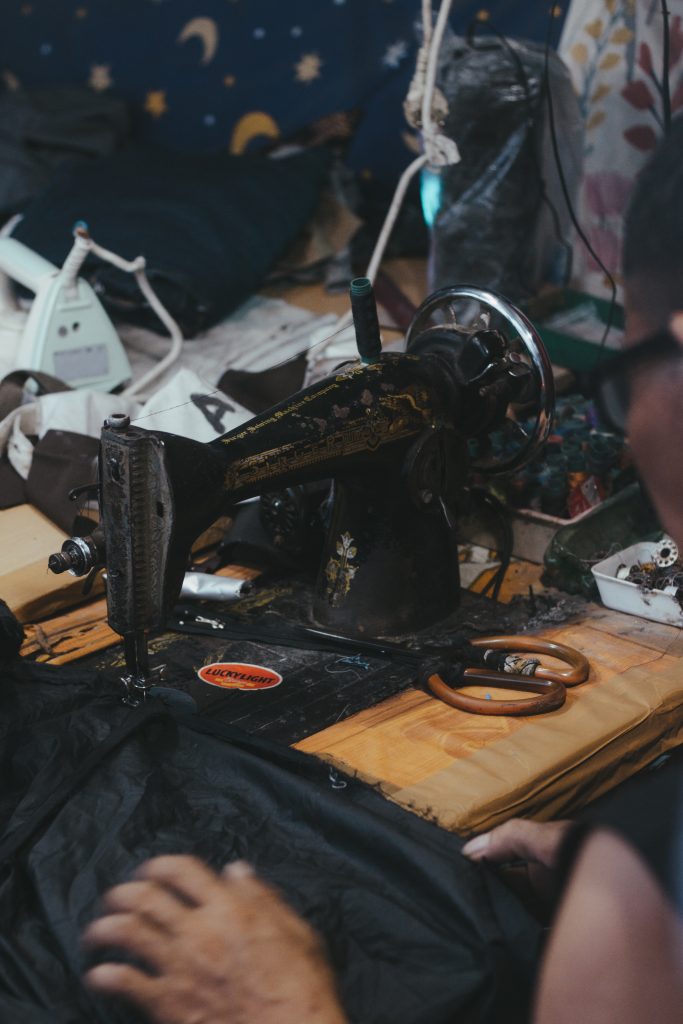
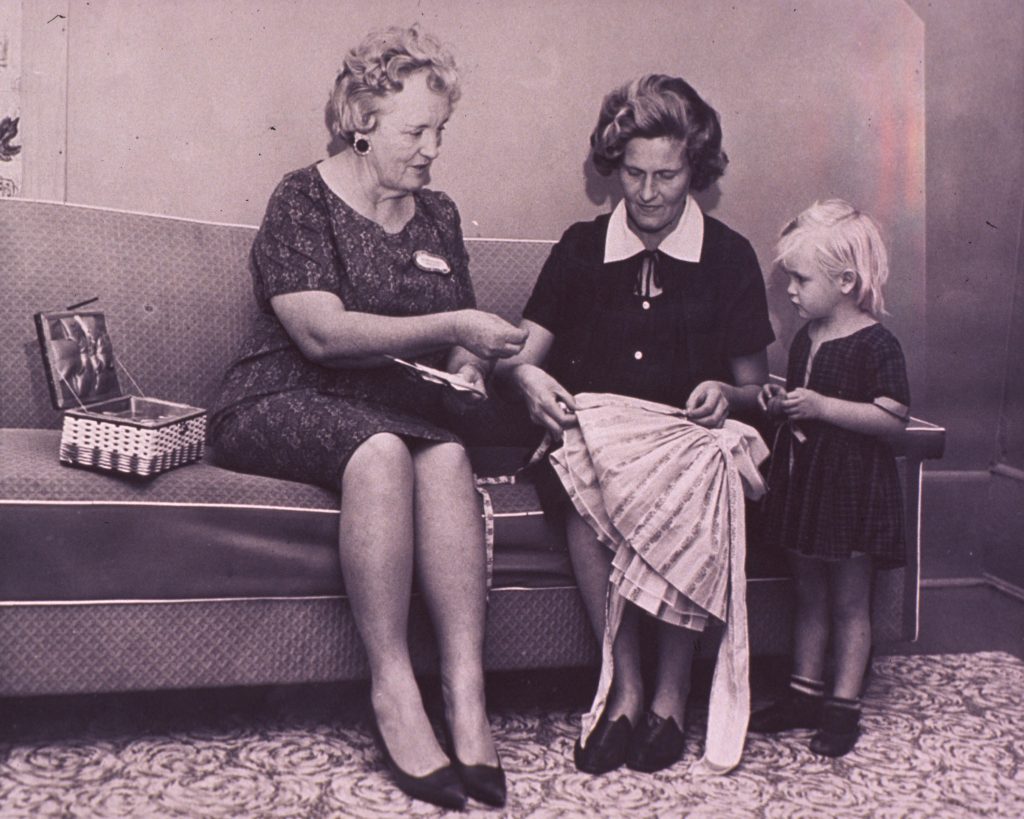
It is a nice exercise to sit, think and observe what we could learn from past societies and methods. They used to be such an ideal zero waste society, with many government initiatives for pushing DIY and up-cycling so citizens could make and produce their garments due to the unsuccessful mass production practices of the system itself. It was clearly a need, but at least it was viewed as something positive, something that had important know-how, something to pass on to newer generations, as they passed the Singer sewing machine.
Citizens could make a new garment from two or more used ones, or from a combination of what was available. The Soviet government supported the do-it-yourself subculture by organising special sewing and construction training courses for adults and pushing people to keep using their existing clothes.
In conclusion, the Soviet Union’s fashion industry provides a fascinating case study of an attempted utopian approach to fashion and mass production that ultimately fell short. However, the people’s resourcefulness, creativity, and commitment, even in the face of limited resources and a challenging political environment, offer valuable lessons for today’s fashion industry.
As we continue to grapple with the environmental and social impacts of the fashion industry, past societies’ approaches serve as a reminder that sustainable solutions often arise from unexpected places.
In-Depth Resources
- Baudrillard’s Philosophy: Simulacra and Simulation in the 21st Century, Antonio Oraldi for The Collector, 2021
- Fashion Meets Socialism: Fashion industry in the Soviet Union after the Second World War, Jukka Gronow and Sergey Zhuravlev, 2015
- Sustainable Fashion Practices in the Soviet Union?, Simona Veilande for the Art Academy of Latvia, 2018
- Were Jeans Really Illegal in the Soviet Union? The Surprising History of Denim Smuggling Under the Iron Curtain, Kate Miano for Stridewise, 2021
- The Failed Soviet Rival to the Flapper Dress, Natasha Frost for History, 2019
